 |
 |
|
|
|
AUTHENTIC ANTIQUE MASKS FROM NEPAL

See the mask from the rear
|
|
Nepali mask 1 - 28 * 17 cm -
Price: 2500 USD |
Nepalese masks are deeply rooted in the culture and religious beliefs of
the country. These antique artifacts reflect a rich historical heritage,
a complex mesh of various ethnicities, tribes, and castes that make up
the fabric of Nepal. Masks, whether used for ritualistic purposes,
festivities, or traditional theatre, play a crucial role in the social
and religious lives of the Nepalese people.
In the contemporary world, finding genuine antique masks from Nepal is
like finding a needle in a haystack. Within the borders of Nepal itself,
the prospect of acquiring an authentic aged mask has dwindled to near
impossibility. The vast majority of Nepalese masks that currently
saturate the online market, sadly, are far from genuine, most being
cleverly crafted counterfeits.
With immense pleasure and a certain sense of privilege, I am thrilled to
showcase a unique collection of unequivocally authentic, age-old
Nepalese masks. This rare collection found its way to Denmark in the
early 1980s, brought back by an adventurous Danish wanderer who made
Kathmandu his home during the era of free-spirited exploration. At a
time when these masks were abundant and openly available, he recognized
their cultural significance and gathered this priceless collection,
which has survived the test of time.
|
|

See the mask from the rear
|
|
Nepali mask 2 - 23 *13 cm -
SOLD |
History
The tradition of mask-making in Nepal dates back centuries. It's a
fusion of influences from the indigenous Kirat, Tibetan-Buddhist, and
the Indo-Aryan cultures. The earliest depictions of masks can be traced
back to rock and cave paintings. The various dynasties that ruled Nepal,
including the
Licchavi,
Thakuri,
Malla,
and Shah, have
all contributed to the development and sophistication of mask artistry.
Materials
Antique masks from Nepal were generally made of locally available
materials. The most common of these is wood, specifically from the
Sal tree (Shorea
robusta), because of its durability and malleability. Other
materials used include metal, particularly for masks used in Buddhist
ceremonies, clay, paper mache, and occasionally, stone.
|
|
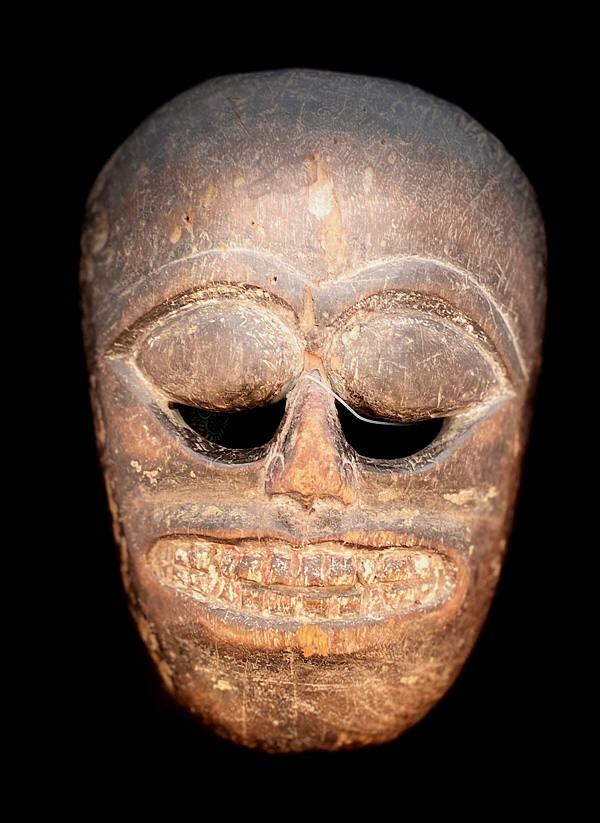
See the mask from the rear
|
|
Nepali mask 3 - 22 * 15,5 cm -
Price: 2000 USD |
TYPER OF MASKS
Mahakala Masks: In the Buddhist tradition, Mahakala is a wrathful
deity that wards off evil. The Mahakala masks often have a terrifying
aspect, with bulging eyes, a gaping mouth showing fierce teeth, and the
presence of skulls or other symbols of mortality. They are usually
carved from wood and intricately painted.
Kumari Masks: These represent the living goddess Kumari, a young
girl worshipped in Nepal. These masks often have a serene and innocent
facial expression, symbolizing purity.
Lakhe Masks: Used in the famous Newari Lakhe dance during the
Indra Jatra festival, these masks portray a demon known as Lakhe. These
masks have exaggerated features, like large teeth and bulging eyes, and
are vibrantly painted.
Bhairav Masks: These represent Bhairav, the fierce manifestation
of Lord Shiva. The masks depict Bhairav with multiple eyes and arms, an
open mouth showing a lolling tongue, and a garland of skulls. They are
particularly used during the Bhairav dances in festivals.
|
|
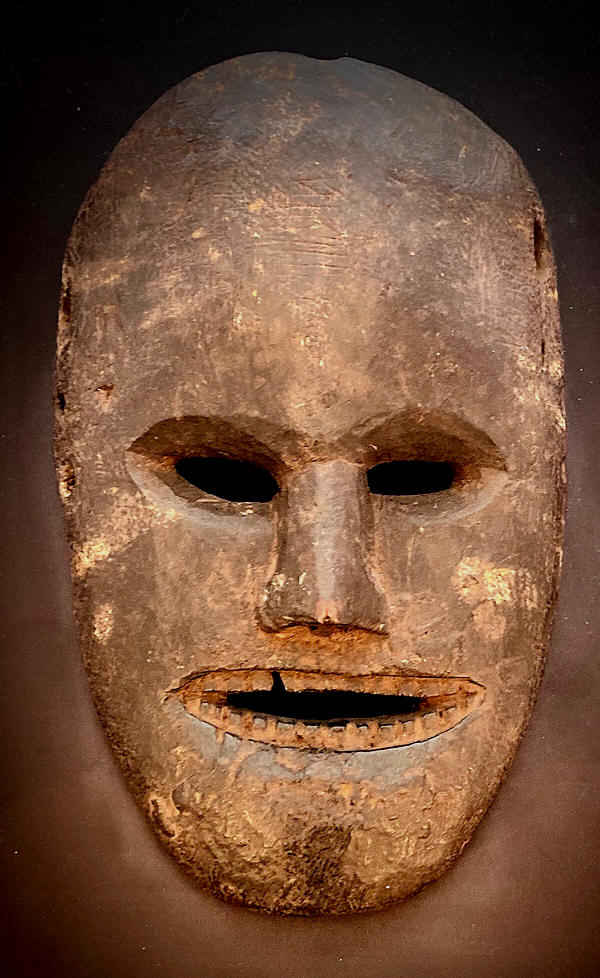
See the mask from the rear
|
|
Nepali mask 4 - 24 * 15 cm -
Price: 2500 USD |
|
Symbolism
Each Nepalese mask carries symbolic meanings, often rooted in
religious and mythological beliefs. They are believed to channel
deities, spirits, or mythical beings during religious and cultural
ceremonies. For instance, the frightening Mahakala masks symbolize the
power to ward off evil and protect the Dharma (Buddhist teachings),
while the Bhairav masks portray Shiva's destructive and protective
aspects.
Craftsmanship
Creating traditional masks is a painstaking process that requires
patience and skill. The wood is first roughly hewn into the general
shape of the mask, then the artisan gradually refines the shape, adding
intricate details. Once the carving is completed, the mask is smoothed,
and layers of paint are applied. The color selection is symbolic: red
symbolizes life force and energy, white purity and knowledge, blue the
infinity of the sky, and so on. Finally, the mask might be adorned with
fabric, feathers, or other decorations.
|
|
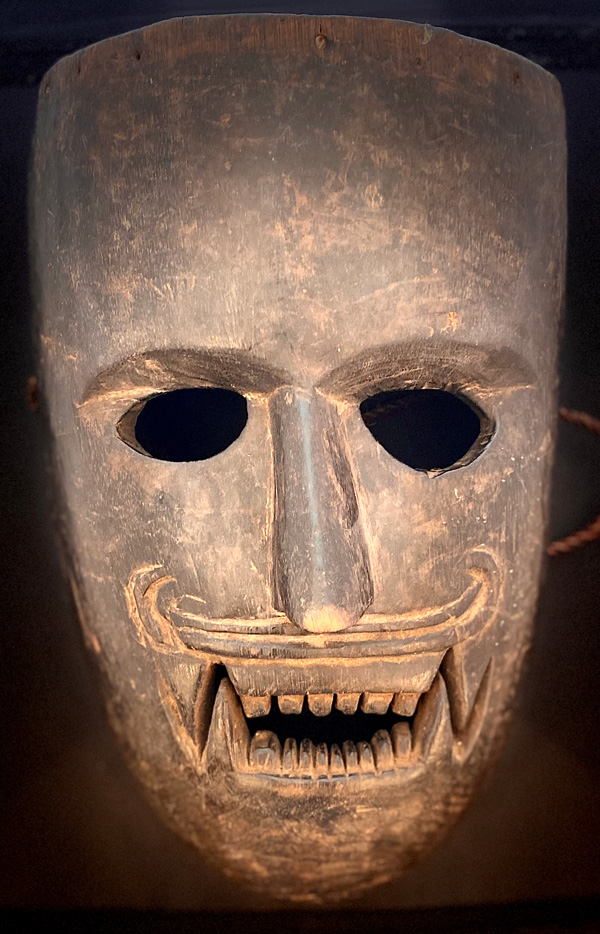
See the mask from the rear
|
|
Nepali mask 5 -
31,5 * 20,5 cm - Price: 2000 USD |
|
Preservation and Collection
Over time, Nepalese masks have become highly sought-after
collector's items, and their preservation has become a matter of great
concern. Many of these antique masks are preserved in museums around the
world, while others are still in use in cultural festivals and religious
ceremonies in Nepal. Efforts are underway to preserve the traditional
skills of mask-making and promote the cultural significance of these art
forms.
|
|

See the mask from the rear
|
|
Nepali mask 6 -
28,5 * 23 cm - Price: 2500 USD |
|
Nepalese culture is rich with a vibrant history of storytelling
through the medium of theatre and entertainment, where masks play an
integral role. They are used to convey a broad range of characters,
emotions, and narratives, from sacred stories to folk tales, moral
lessons to historical events. Masks serve not only as an artistic
representation but also a visual aid to enhance the storytelling
process.
Traditional Theatre and Performances
Gaijatra: A festival celebrated mainly by the Newar community,
Gaijatra is known for its comedic and satirical performances. Masks are
often used to impersonate political figures, influential individuals, or
to satirically depict societal issues.
Nachauni Dance: This is a mask dance performed during different
festivals, especially at harvest. It tells stories of ancient battles
and heroic deeds. The performers wear wooden masks representing various
characters from the tales.
Bhaktapur’s Bisket Jatra: This festival involves a drama called "Bhairav
Naach" performed with masks in the New Year. The drama depicts the
victory of Goddess Durga over a demon, symbolizing the triumph of good
over evil.
|
|

See the mask from the rear
|
|
Nepali mask 7 -
30 * 21 cm - Price: 2500 USD |
|
Entertainment for Kids
Masks are also used in storytelling and performances aimed specifically
at children. These performances often include moral tales, stories of
bravery and wisdom, or even renditions of popular global fairy tales.
The use of masks in these performances makes the stories more visually
engaging and helps children better understand the characters and
narratives.
Educational Use
In an educational setting, masks are sometimes used to teach children
about Nepalese culture, history, and mythology. Children might be
encouraged to create their own masks as part of art classes, or they
might participate in performances where they wear masks to depict
historical or mythical characters.
Puppetry
Puppetry is another form of entertainment in Nepal where masks are
widely used. These puppets, often sporting masks, are used to narrate
popular folk tales and legends. Puppet shows are a common form of
entertainment during festivals and are popular with children.
|
|
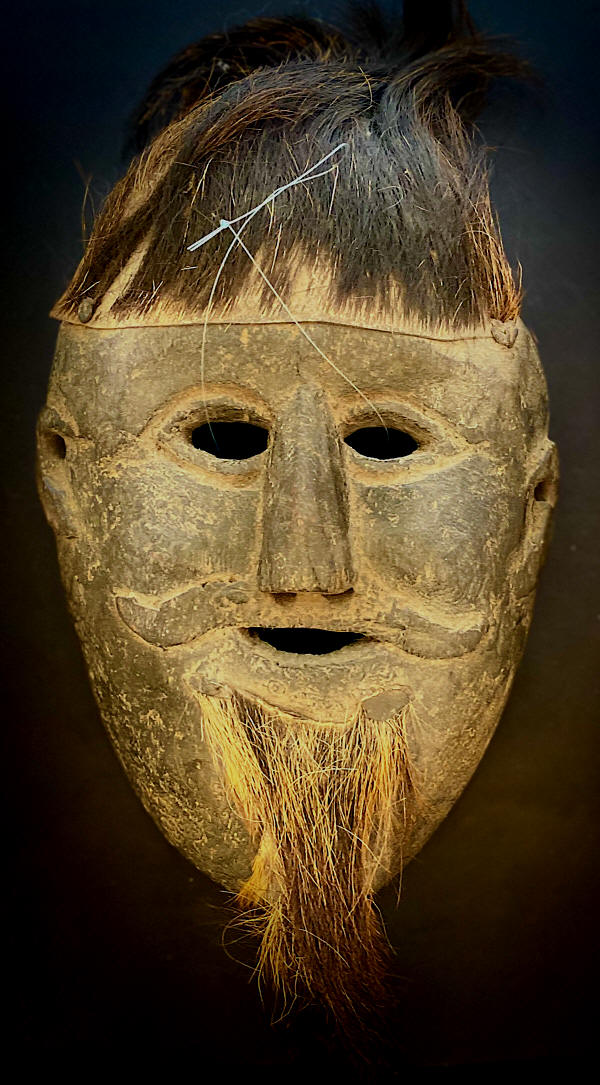
See the mask from the rear
|
|
Nepali mask 8 -
23,5 * 17 cm - Price: 2000 USD |
|
|
|
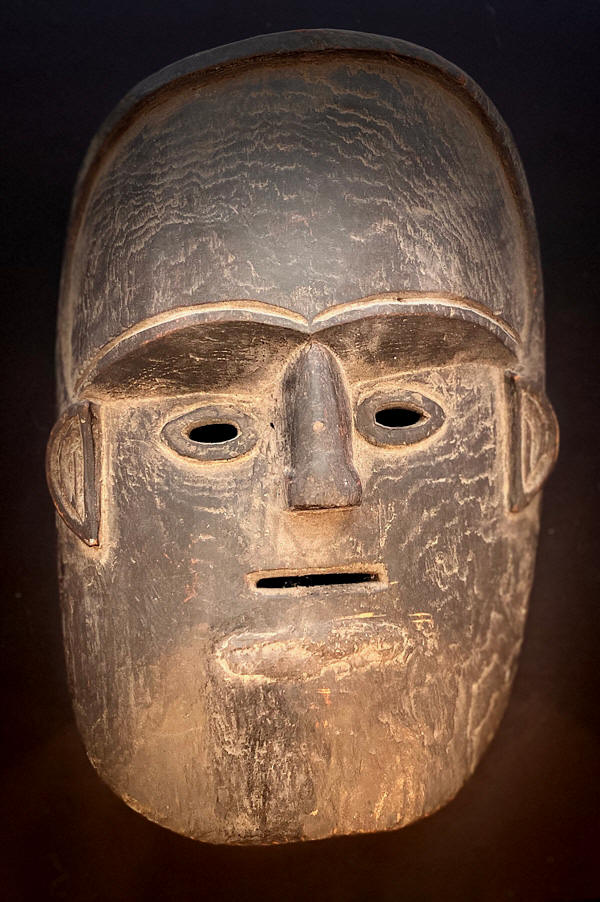
See the mask from the rear
|
|
Nepali mask 9 -
27 * 18,5 cm - Price: 1500 USD |
|
|
|
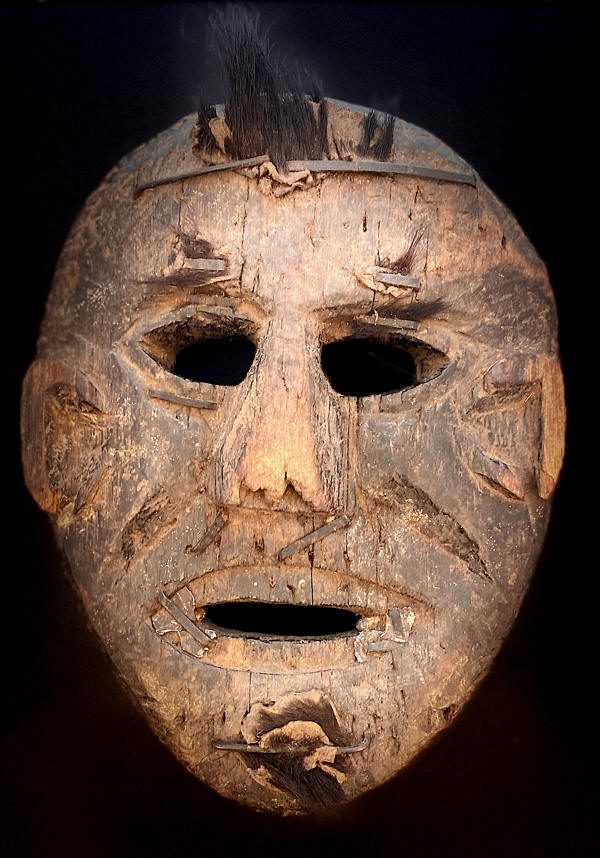
See the mask from the rear
|
|
Nepali mask 10 -
25 * 19 cm - Price: 2500 USD |
|
|
|
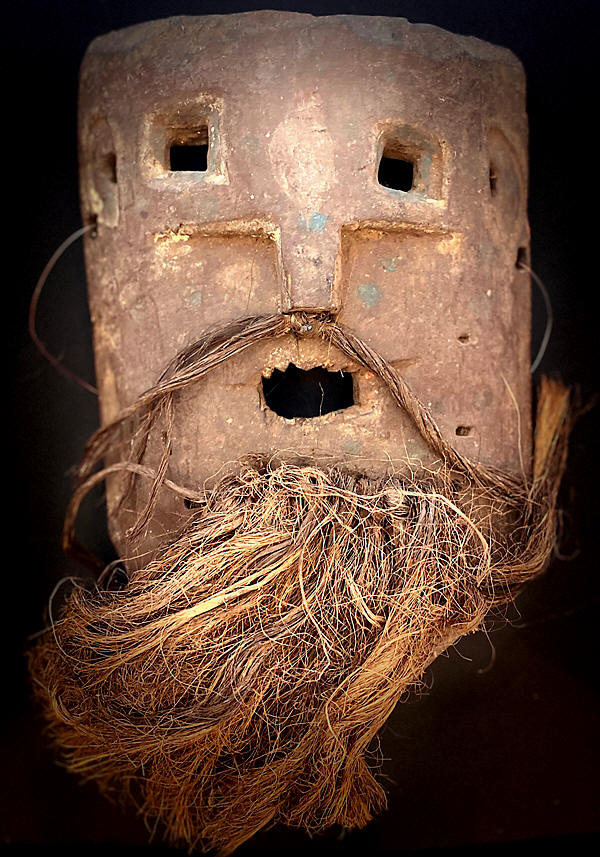
See the mask from the rear
|
|
Nepali mask 11 -
26,5 * 17 cm - Price: 4000 USD |
|
|
|
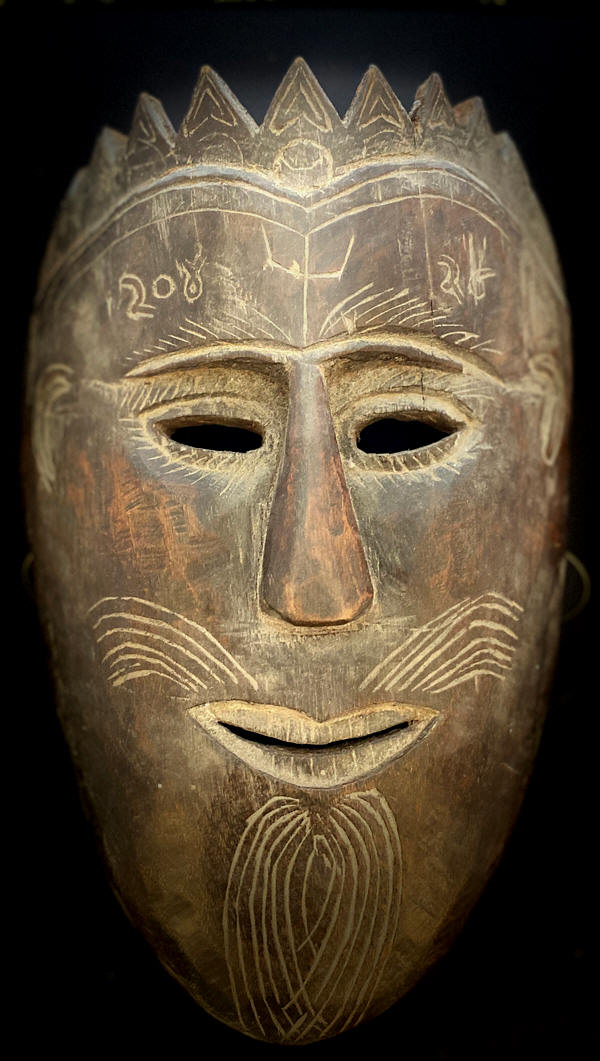
See the mask from the rear
|
|
Nepali mask 12 -
27 * 17 cm - Vintage mask 30 approx 30 years - Price: 750 USD |
|
|
|
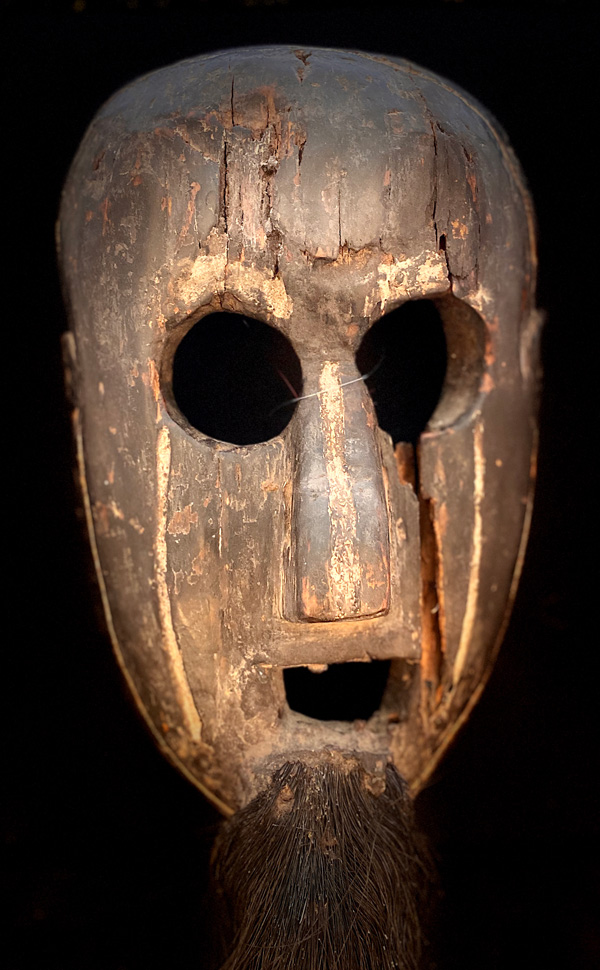
|
|
Nepali mask 13- 31 * 19,5 cm
PRICE: 2500 USD |
|
|
|

See the mask from the rear
Hanuman mask -
|
|
Nepali mask 14 - 34 * 23 cm - PRICE 2000 USD |
|
|
|

See the mask from the rear
Tiger mask -
|
|
Nepali mask 15 - 40 * 18 cm - PRICE 2500 USD |
|
|
|
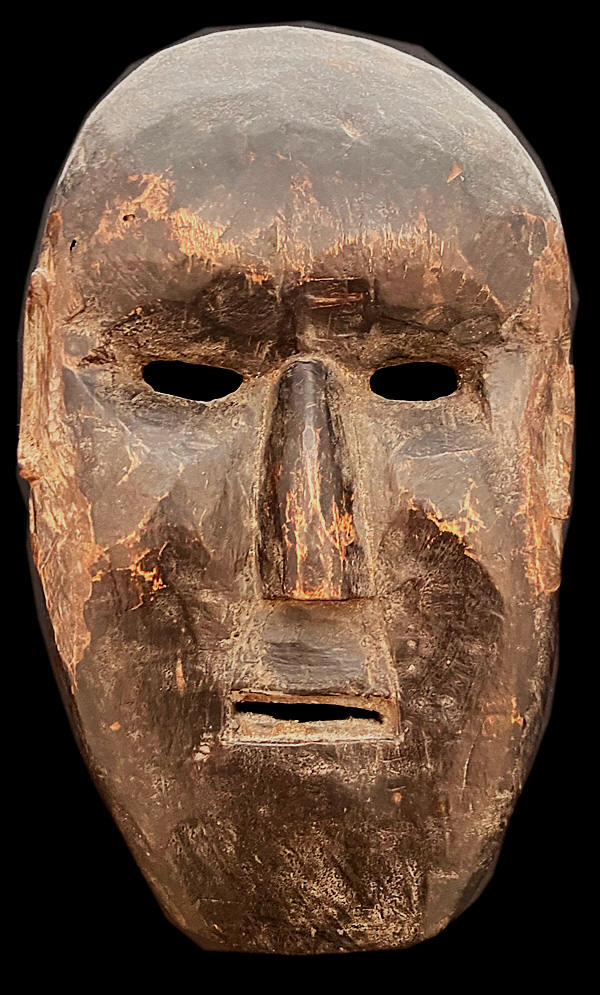
See the mask from the rear
|
|
Nepali mask 16 - 26 * 15 cm - PRICE: 2500 USD |
|
|
|
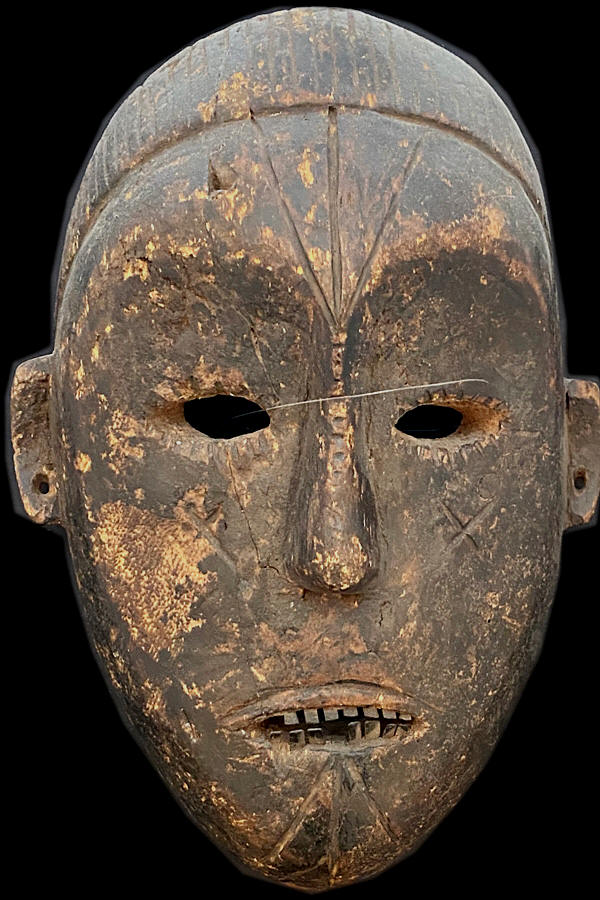
See the mask from the rear
|
|
Nepali mask 17 - 31 * 22 cm - PRICE: 4000 USD |
|
|
|
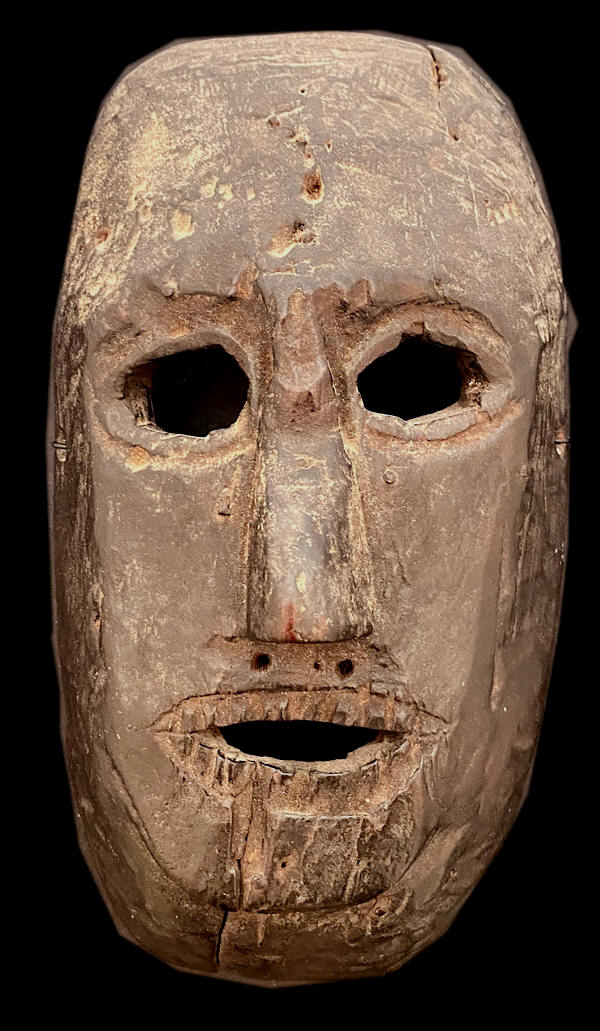
See the mask from the rear
|
|
Nepali mask 18 - 26 * 14 cm - PRICE 2500 USD |
|
|
|
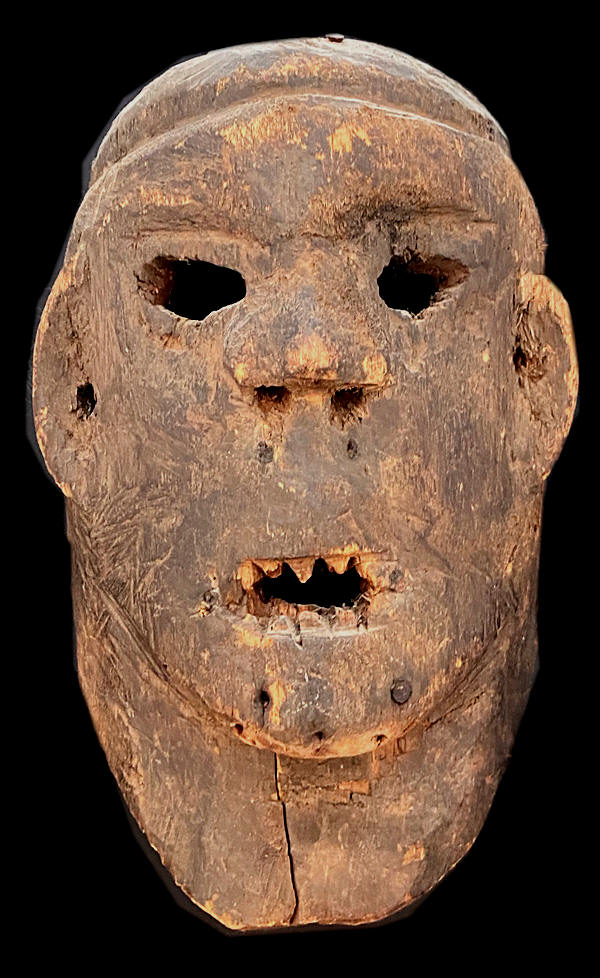
See the mask from the rear
|
|
Nepali mask 19 - 24 * 16 cm - 2000 USD |
|
|
|
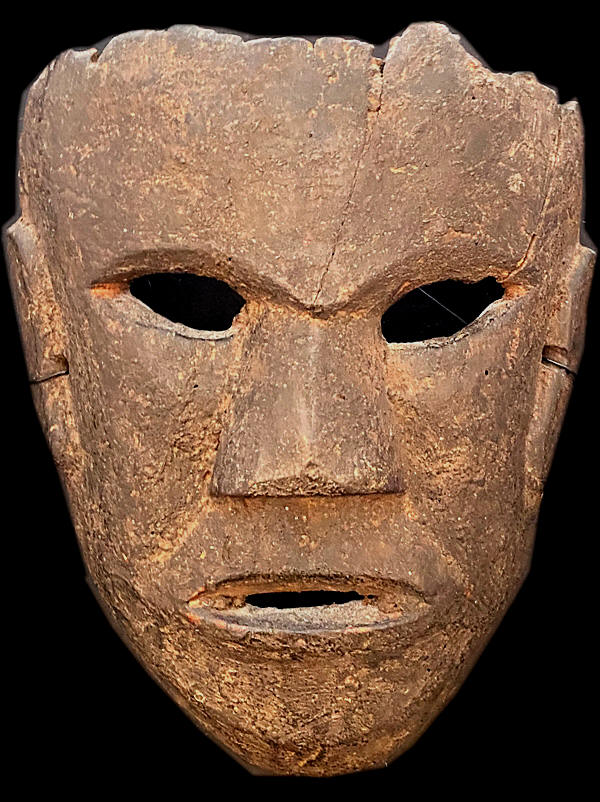
See the mask from the rear
|
|
Nepali mask 20 - 22 * 19 cm - 3500 USD |
|
|
|

See the mask from the rear
|
|
Nepali mask 21 - BENGALI TERRAI - 25 * 17 cm - PRICE: 3500
USD |
|
|
|
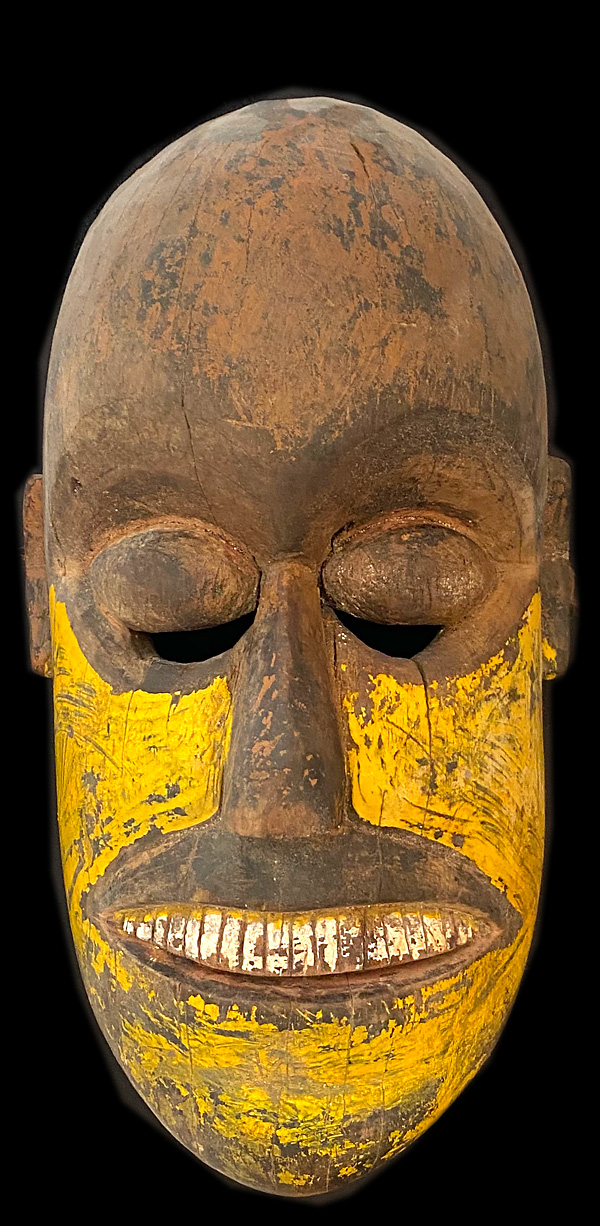
See the mask from the rear
|
|
Nepali mask 22 - BENGALI TERRAI - 35 * 21 cm - PRICE: 3500 USD |
|
|
|

See the mask from the rear
|
|
Nepali mask 23 - 32 * 21 cm - PRICE: 2500 USD |
|
|
|
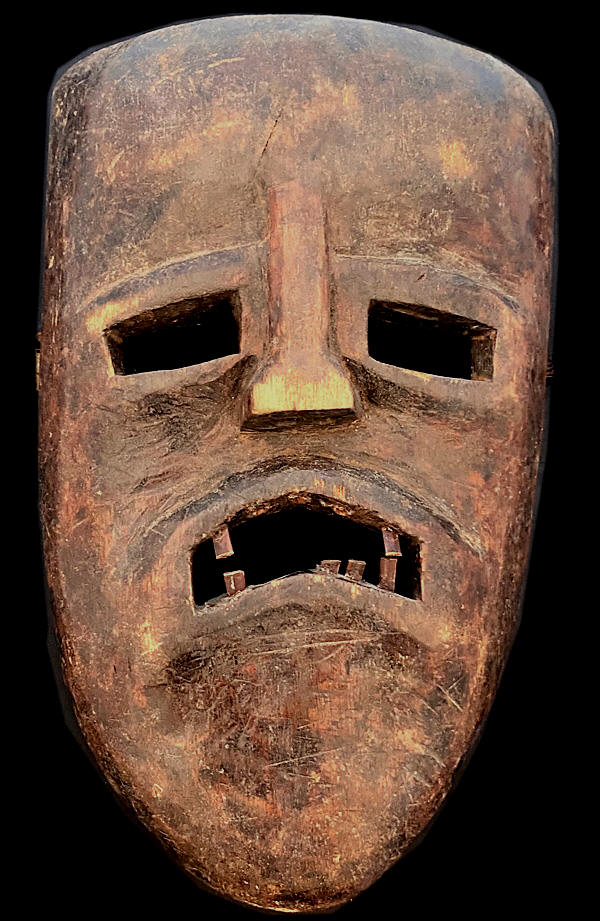
See the mask from the rear
|
|
Nepali mask 24 - 28 * 17 cm - PRICE: 2500 USD |
|
|
|
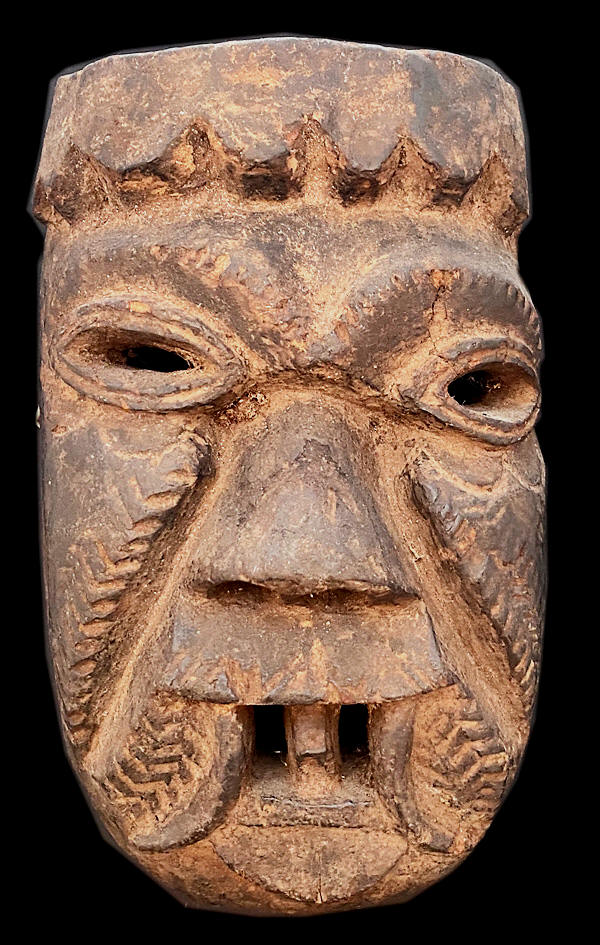
See the mask from the rear
|
|
Nepali mask 25-- very rare type - 30 - 26 * 16 cm - PRICE:
5000 USD |
|
|
|

See the mask from the rear
|
|
Nepali mask 26 - 28 * 20 cm - PRICE: 2500 USD |
|
|
|
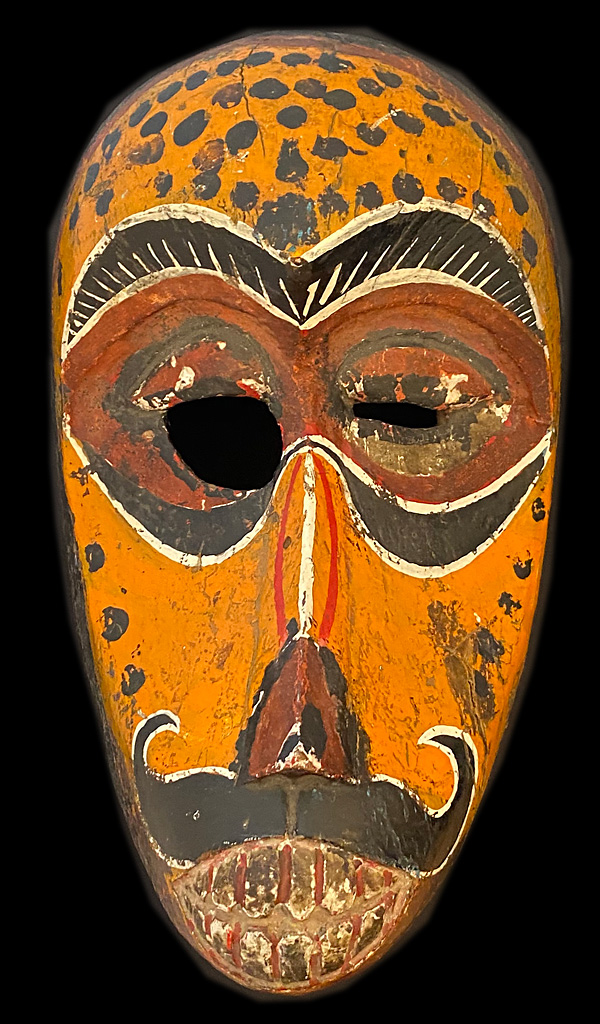
See the mask from the rear
|
|
Nepali
mask 27 - 30 * 18 cm - MASK 4500 USD |
|
|
|

See the mask from the rear
|
|
Nepali mask 28 - 27 * 19 cm - PRICE: 2500 USD |
|
|
|
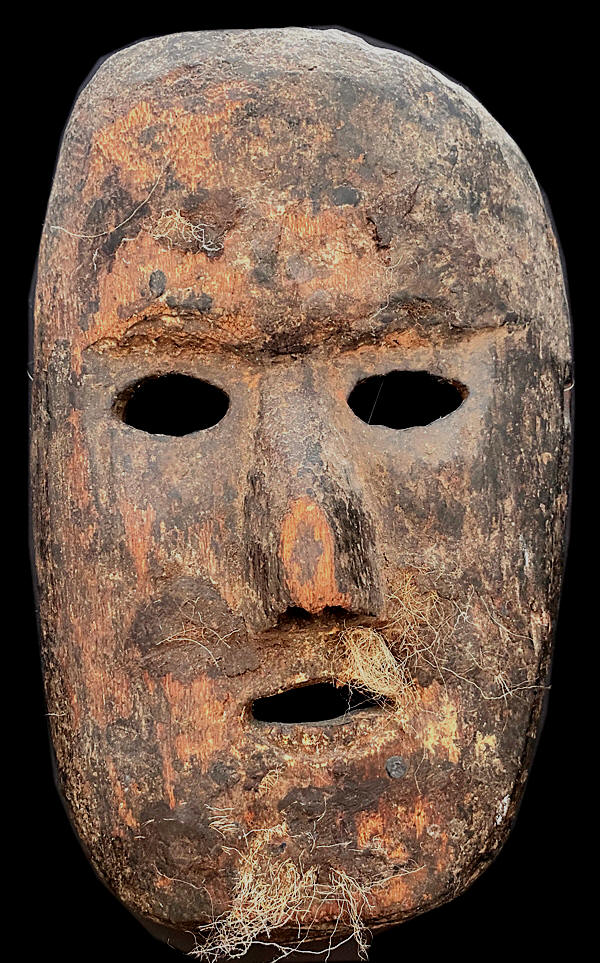
See the mask from the rear
|
|
Nepali mask 29 - 27 * 17 cm - PRICE: 3000 USD |
|
|
|

See the mask from the rear
|
|
Nepali mask 30 - 25 * 16 cm - PRICE: 5000 USD |
|
|
|

See the mask from the rear
|
|
Nepali mask 31 - TERRAI BENGALI - 33 * 24 cm - PRICE: 3500 USD |
|
|
|
|
|
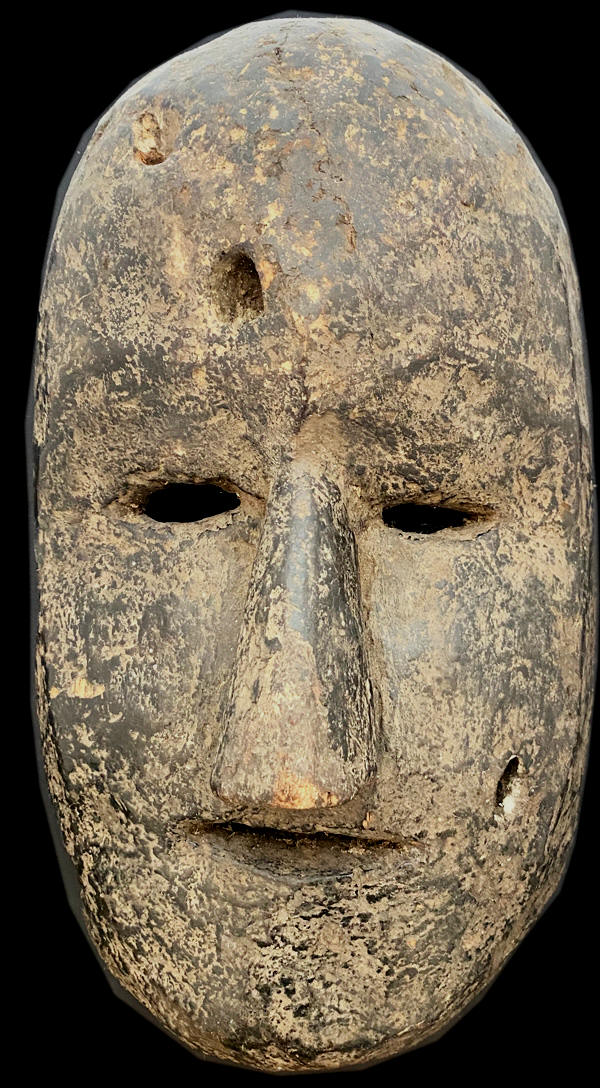
See the mask from the rear
|
|
Nepali mask 32 - very old - 28 * 16 cm - PRICE: 5500 USD |
|
|
|
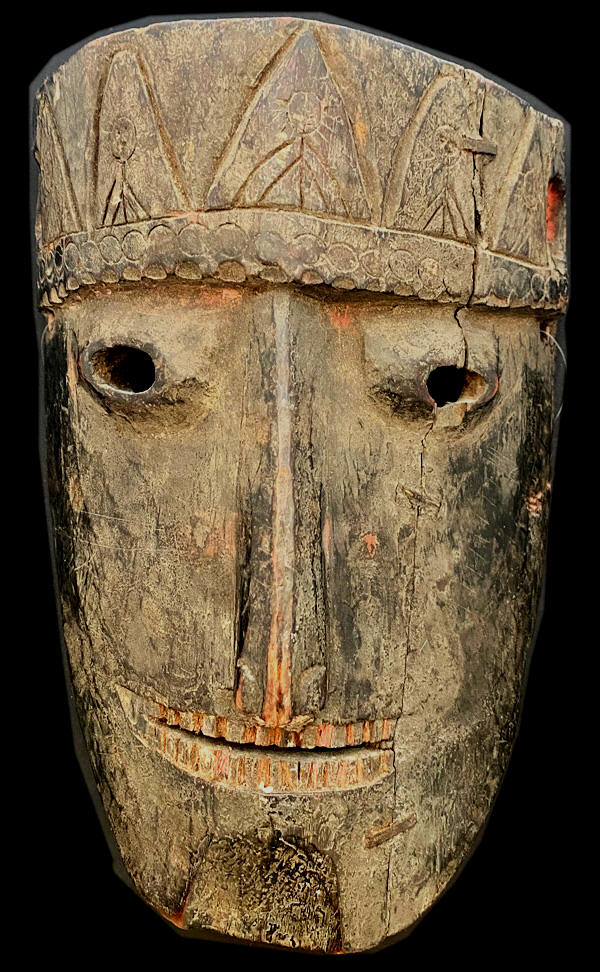
See the mask from the rear
|
|
Nepali mask 33 - 26 * 19 CM - PRICE: 2000 USD |
|
|
|

See the mask from the rear
|
|
Nepali mask 34 - 17 * 16 CM - PRICE: 4500 USD |